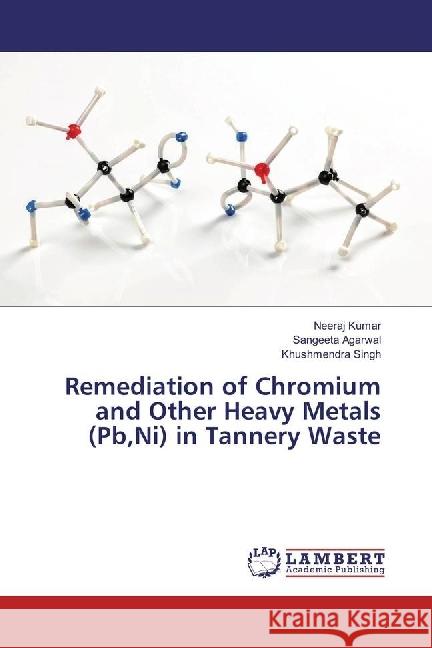Remediation of Chromium and Other Heavy Metals (Pb,Ni) in Tannery Waste » książka
Remediation of Chromium and Other Heavy Metals (Pb,Ni) in Tannery Waste
ISBN-13: 9783330342385 / Angielski / Miękka / 2017 / 56 str.
Several approaches are currently being used for the prevention, control and remediation of soil contaminated with toxic metals. These include, (a)land filling - excavation, transport and deposition of contaminated soil in a permitted land fill site (b) chemical immobilization of heavy metals by the application of ameliorants like lime, farmyard manure (FYM), phosphates, manganese oxides etc., (c) leaching - using acid solutions or complexing leachants (EDTA etc.) to desorb and leach metals from the soil drawn from the contaminated area followed by the return of the soil residues to the site; (d) bioremediation - use of micro-organisms to degrade pollutants in site (since the heavy metals cannot be chemically degraded, application of microbial remediation to the in-site removal of heavy metals from the contaminated substrates is limited mainly to their immobilization by precipitation or reduction); and (e) phyto-remediation- use of specially selected and engineered metal-accumulating plants for environment clean-up either by phytoextraction or by phytostabilization. Among these, soil excavation is the only method for the total removal of heavy metals from contaminated soil











